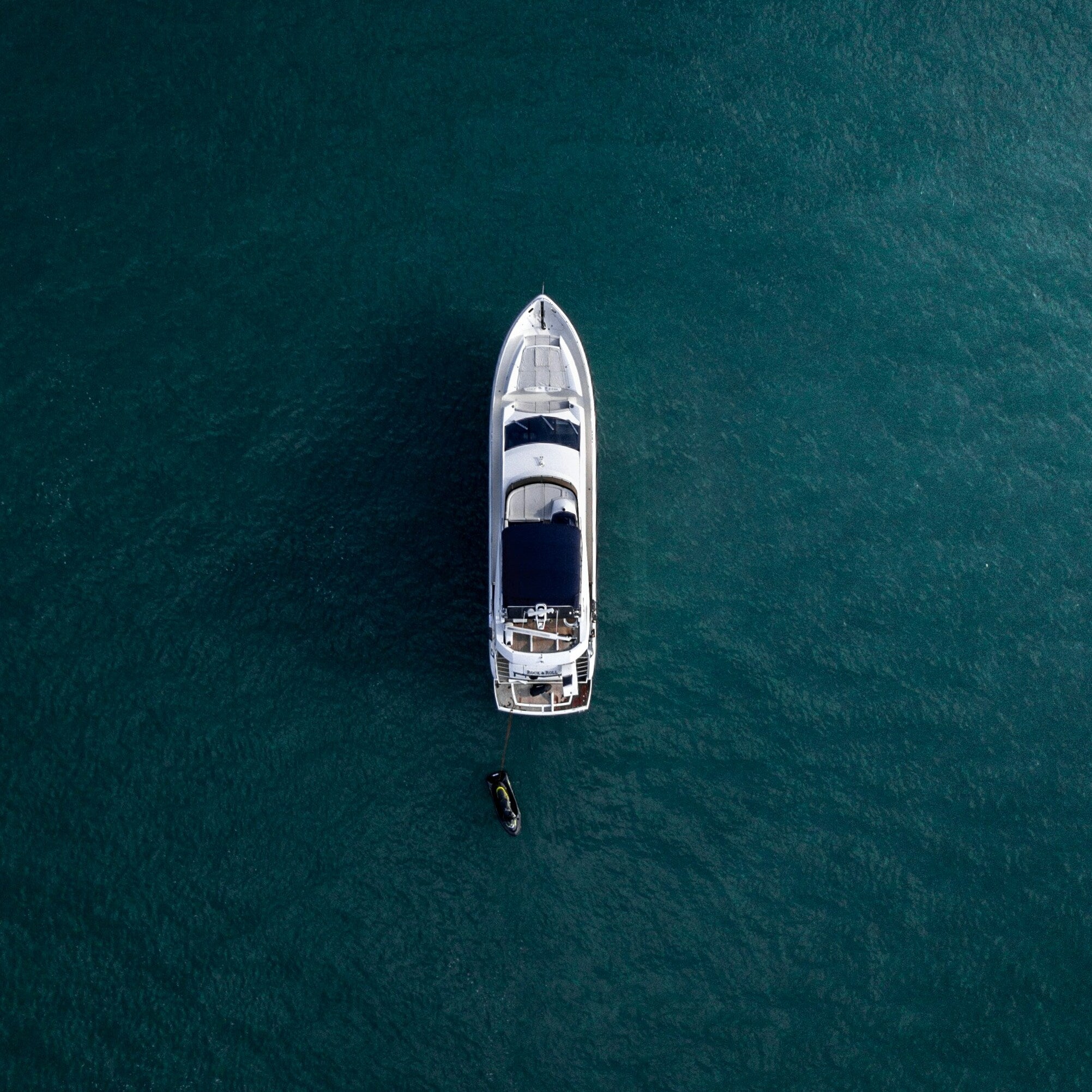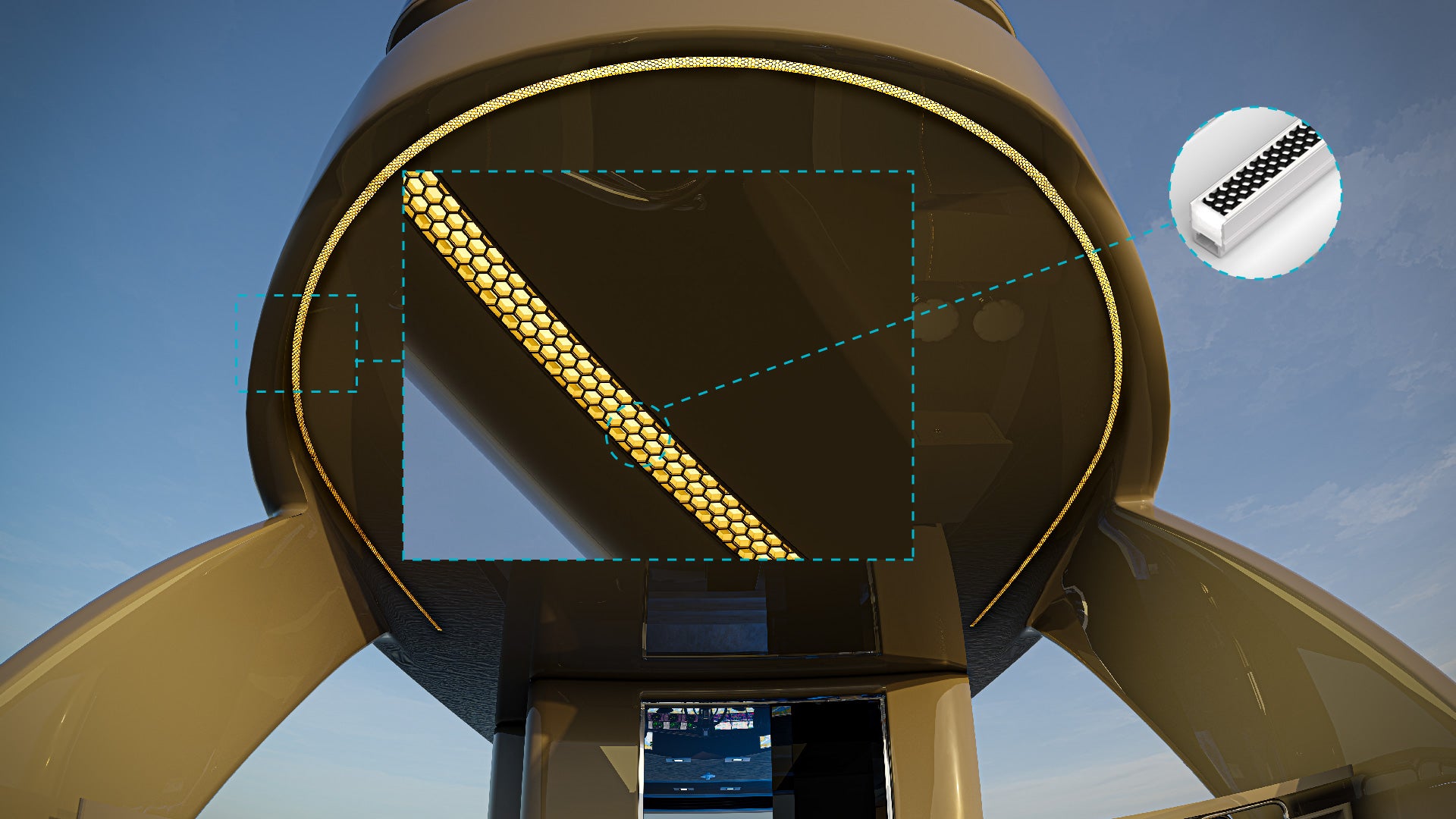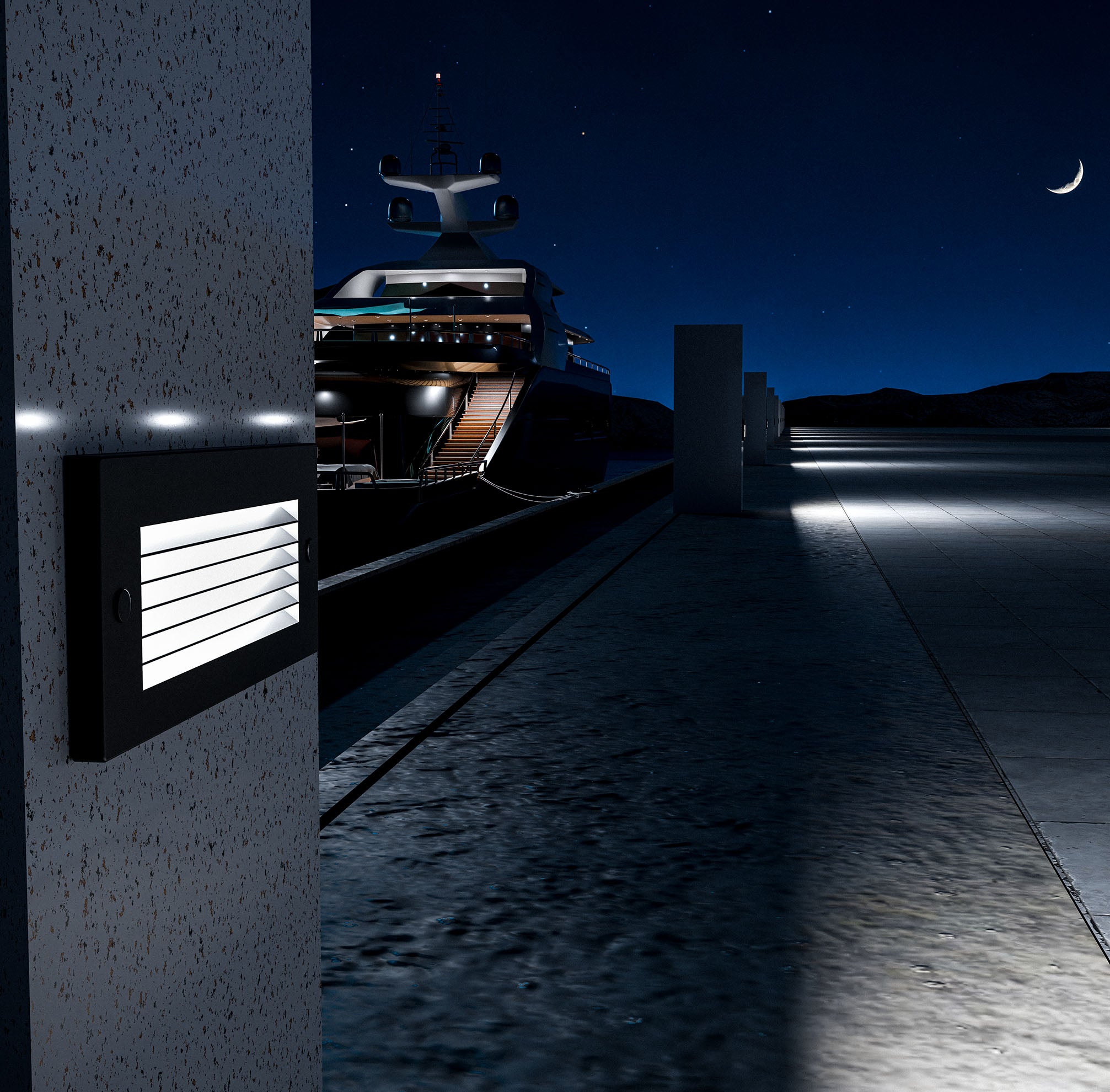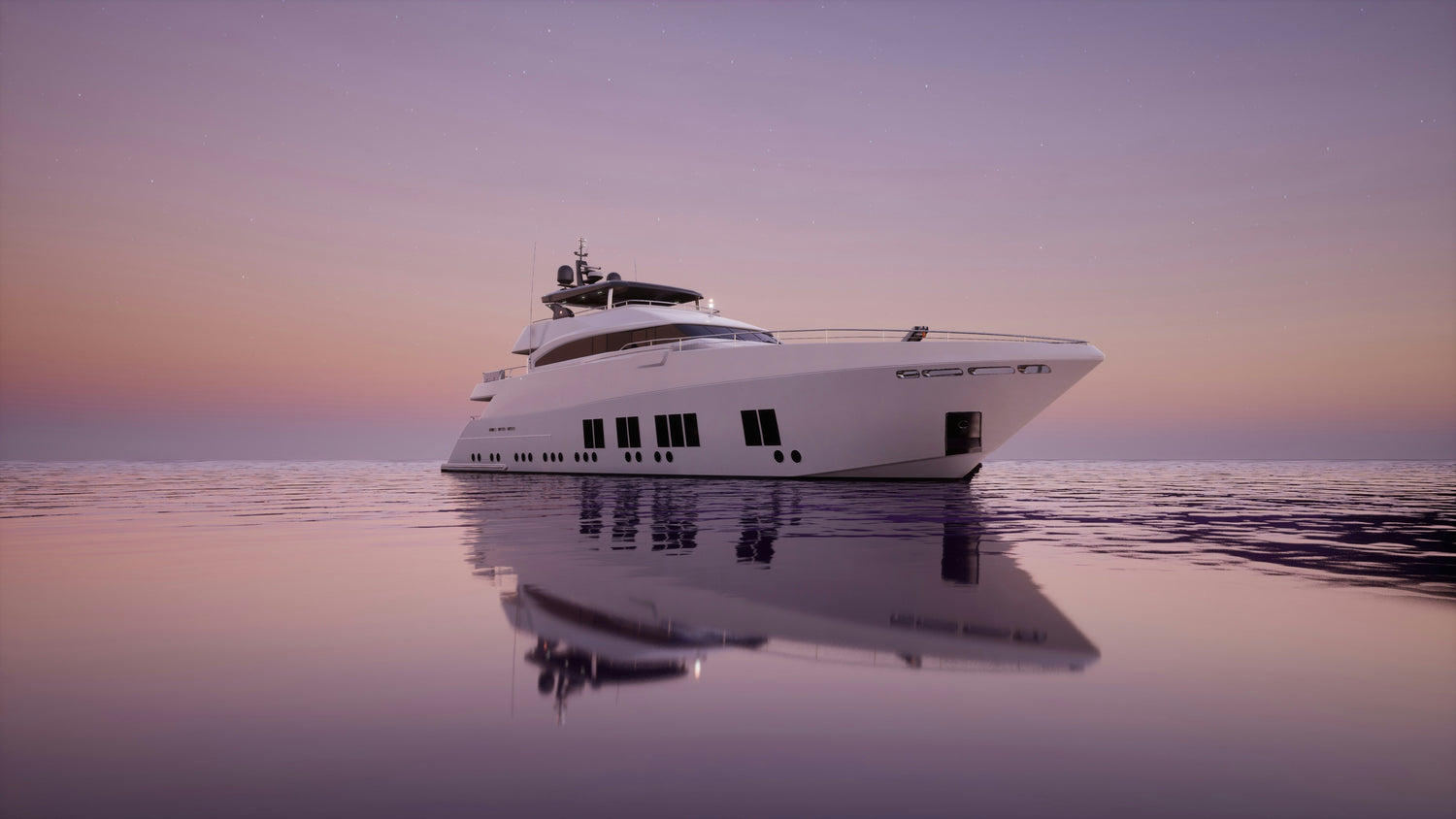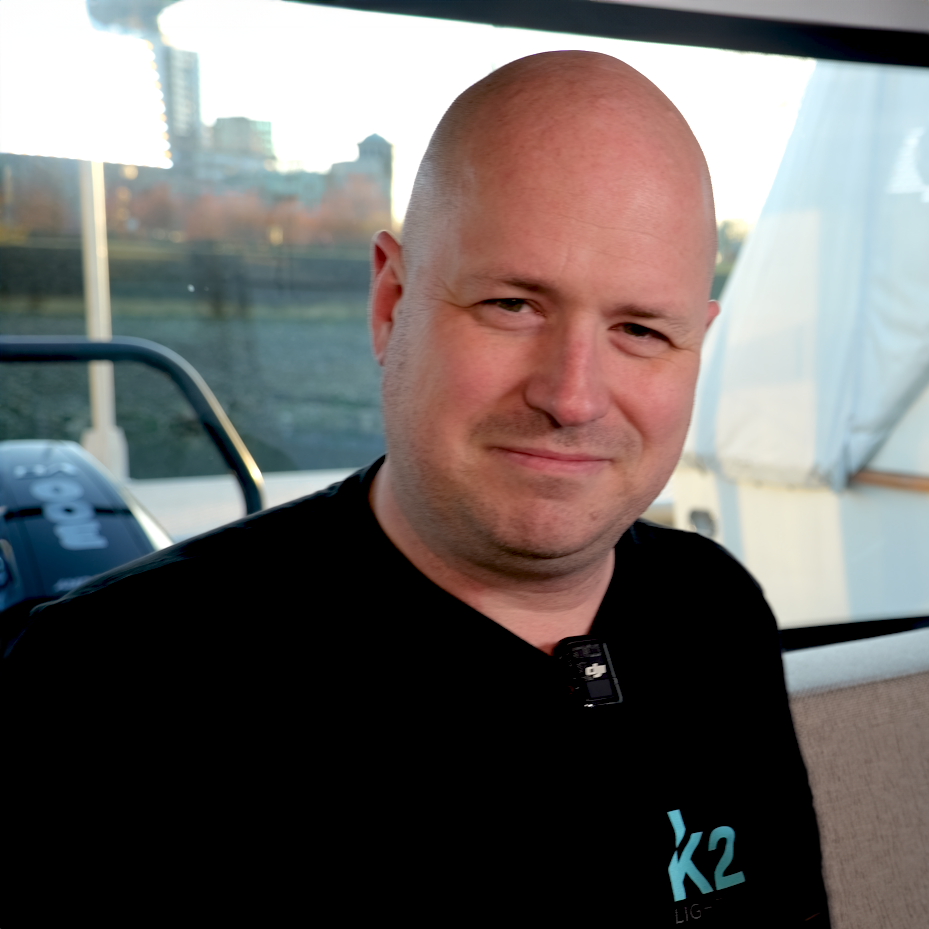Introduction
Marine lighting is more than just a functional necessity — it’s a key safety feature, a contributor to onboard comfort, and an essential part of a vessel’s aesthetic appeal. Whether for navigation, deck illumination, or underwater ambiance, the durability of your marine lights directly impacts both safety and operating costs. At K2 Lighting, we’re often asked one simple question: “How long do marine lights last?”
The answer depends on several factors — the type of light, its usage, and the conditions it operates in. In this article, we’ll dive deep into the lifespan of marine lights, the variables that can shorten or extend it, and how K2 Lighting ensures our products deliver maximum longevity.
Average Lifespan of Marine Lights
LED Marine Lights
LED technology has transformed marine lighting. Quality marine-grade LEDs typically have a lifespan of around 50,000 operational hours (IMTRA), with some reaching up to 100,000 hours under optimal conditions (Archway Marine Lighting). To put that in perspective:
-
50,000 hours = Over 17 years at 8 hours of daily use.
-
Even continuous use (24/7) would provide nearly 6 years of light output.
This far surpasses traditional incandescent and halogen bulbs, which average only 1,200–4,000 hours.
Lifespan by Light Type (Approximate)
| Light Type | Lifespan Range |
|---|---|
| Incandescent | 1,200 – 2,000 hours |
| Halogen | 2,000 – 4,000 hours |
| Fluorescent | 24,000 – 36,000 hours |
| Standard Marine LED | ~50,000 hours |
| Dimmable Marine LED | Up to ~100,000 hours |
Factors That Affect Marine Light Lifespan
1. Environmental Exposure
Marine lights face extreme conditions, including saltwater spray, high humidity, and UV exposure. Saltwater is particularly corrosive, which can damage fixtures, lenses, and internal components if not properly sealed.
-
Mitigation: Regularly rinse fixtures with fresh water, use corrosion-resistant housings, and ensure IP-rated waterproof sealing (DuraBrite).
2. Quality of Materials & Build
The quality of materials directly impacts durability. Marine-grade stainless steel, anodized aluminum, and UV-stabilized polycarbonate lenses are essential for withstanding long-term exposure.
-
K2 Advantage: We design fixtures with premium materials specifically tested for marine use — ensuring resistance to corrosion, impact, and heat.
3. Electrical Stability
Voltage fluctuations or poor wiring can shorten the life of LEDs. Stable electrical input ensures consistent performance and prevents overheating.
-
Tip: Invest in quality power management systems and check wiring regularly.
4. Heat Management
Even though LEDs run cooler than traditional bulbs, heat still impacts performance. Poor heat dissipation can degrade the LED chip and driver.
-
Design Solution: K2 Lighting integrates efficient thermal management systems to maintain safe operating temperatures.
5. Mechanical Stress
Constant vibration and shock from waves can loosen connections and damage components.
-
Solution: Choose vibration-resistant fixtures designed for marine environments.
How to Extend the Lifespan of Your Marine Lights
Regular Maintenance
Routine cleaning and inspection can add years to your lights. Remove salt deposits, check seals, and ensure fixtures remain watertight.
Correct Installation
Improper installation is a leading cause of premature failure. Always follow manufacturer guidelines or hire a marine electrician.
Using the Right Light for the Right Job
Deck lights, underwater lights, and navigation lights face different stressors. Select fixtures specifically rated for their intended application.
Invest in Quality from the Start
Cutting corners with cheap fixtures can result in frequent replacements and higher long-term costs. High-quality marine LEDs, such as those from K2 Lighting, may have a higher upfront cost but deliver unmatched durability and performance.
Why K2 Lighting Marine LEDs Last Longer
At K2 Lighting, our marine-grade LED lights are:
-
Rated for Harsh Environments — IP68 or higher water resistance.
-
Built with Marine-Grade Materials — including stainless steel and UV-resistant polymers.
-
Designed for Energy Efficiency — reducing heat output and conserving power.
-
Engineered for Vibration Resistance — protecting internal components.
Our collections, including Bravo, Moda, Paso, and Vista, are specifically created to withstand the unique challenges of marine environments.
Conclusion
The lifespan of marine lights depends on several factors — technology, build quality, maintenance, and environmental conditions. While traditional bulbs may only last a few thousand hours, marine-grade LEDs from K2 Lighting routinely exceed 50,000 hours, delivering years of reliable illumination.
Investing in quality marine lighting not only enhances safety and performance but also reduces long-term costs and environmental impact. By choosing K2 Lighting’s marine LED solutions, you’re choosing products built to shine bright for years to come.

